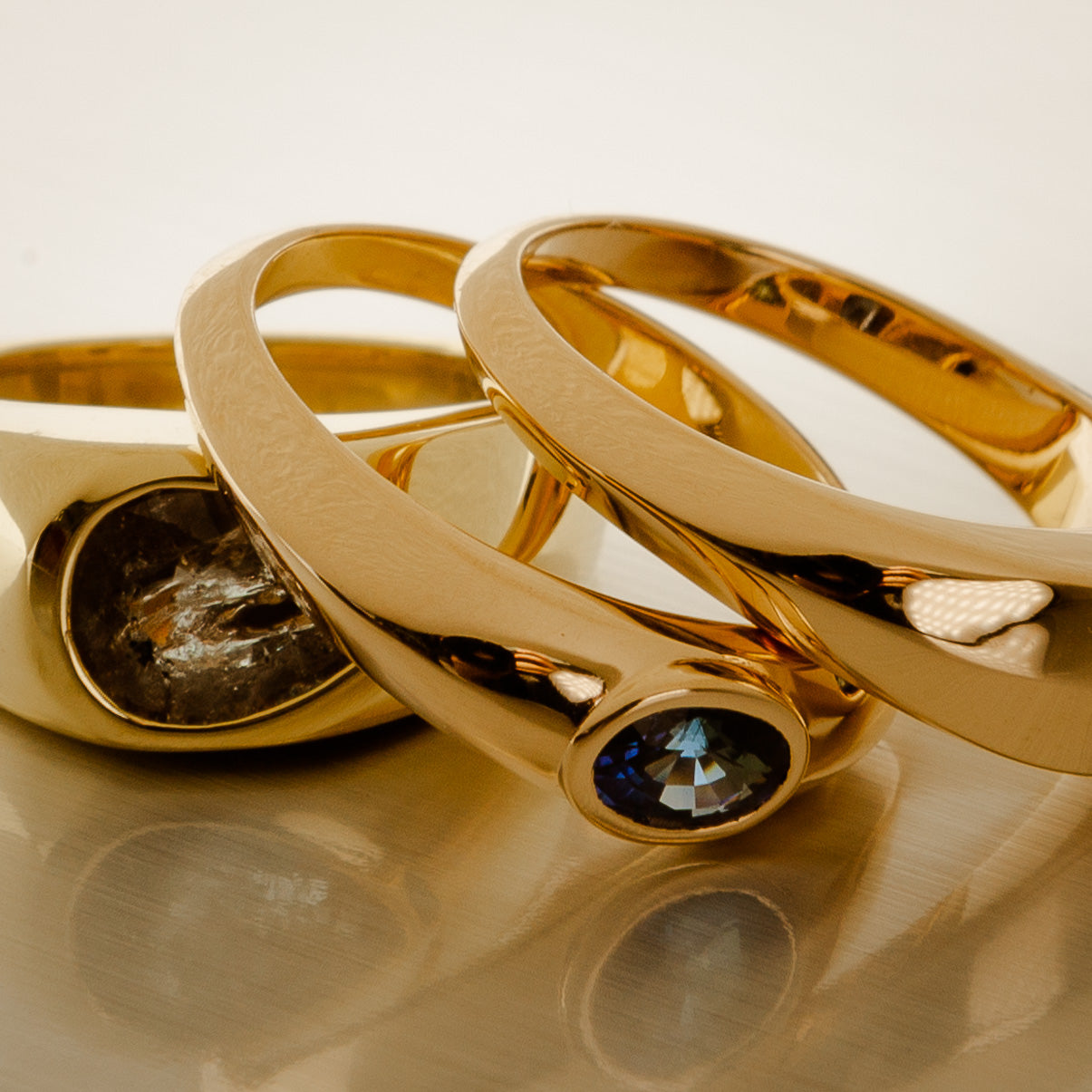April has the honor of having the most coveted gemstone, the Diamond, as its birthstone. This precious stone has been revered for centuries, associated with power, love, wealth, and a host of other qualities.
The History of Diamonds
Diamonds have a long and fascinating history that dates back thousands of years. The first recorded diamond comes from India, dating back to the 4th century BC. Throughout history, diamonds have been cherished by kings and queens as a representation of power and wealth. Many famous diamonds such as the Hope Diamond and the Koh-i-Noor have been the center of countless tales and histories, further cementing the diamond's place in our collective imagination.
Physical Properties of Diamonds
Diamonds are renowned for their physical properties. They are the hardest known substance in the world, scoring a perfect 10 on the Mohs scale of mineral hardness. This hardness is due to the strong covalent bonding between its carbon atoms. Diamonds also have a high refractive index, which gives them their famous sparkle. The way a diamond is cut and faceted can enhance this sparkle, making it a highly prized gemstone in jewelry.
Symbolism and Significance of Diamonds
Diamonds symbolize many things, but they are most commonly associated with love and commitment, thanks to their use in engagement rings. The toughness of a diamond is thought to symbolize the endurance of love. In addition, diamonds are also associated with purity and innocence. As April's birthstone, diamonds are said to bring balance, clarity, and abundance to those who were born in this month.
Famous Diamonds
There are so many examples of notable diamonds that it is difficult to chose just one. However, one could argue that the "Hope Diamond" belongs at the top of the list. This stunning gemstone is renowned for its exceptional size and remarkable blue color. It weighs in at a hefty 45.52 carats and is housed at the National Museum of Natural History in Washington, D.C., where it attracts millions of visitors each year. The Hope Diamond is not only famous for its physical attributes but also for its intriguing history. It is believed to have originated from India and has passed through the hands of numerous owners, including royalty, before ending up in the museum. The diamond is also shrouded in mystery and superstition, with tales of a curse befalling those who possess it adding to its allure.
Unique Diamonds
If bright white bling isn't quite your thing, consider colored or salt & pepper diamonds for your jewelry. The color and inclusions in these one of a kind stones are a wonderful reminder that diamonds are formed deep wthin the earth's mantle. The "imperfect" stones are just as beautiful as those that are flawless.








